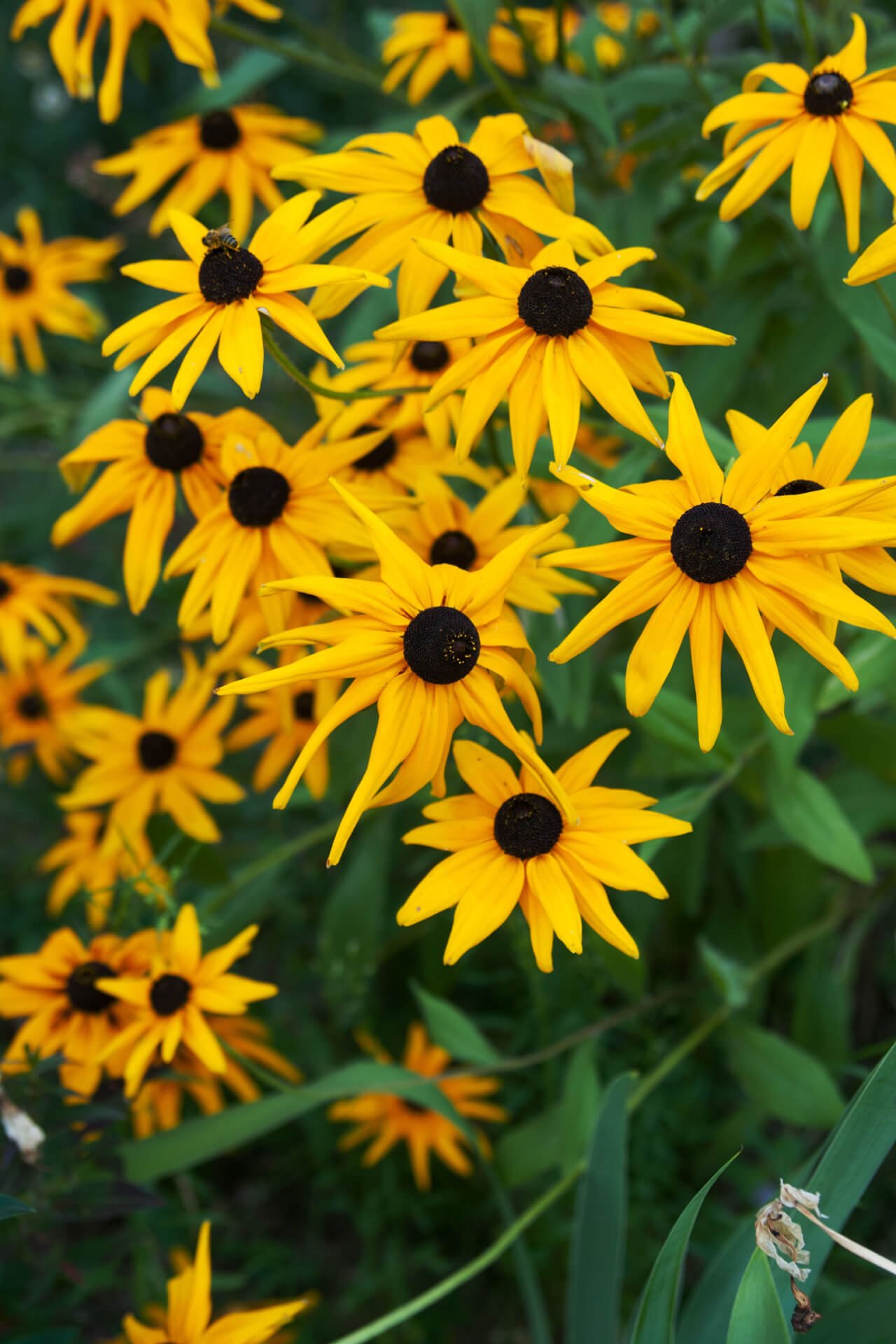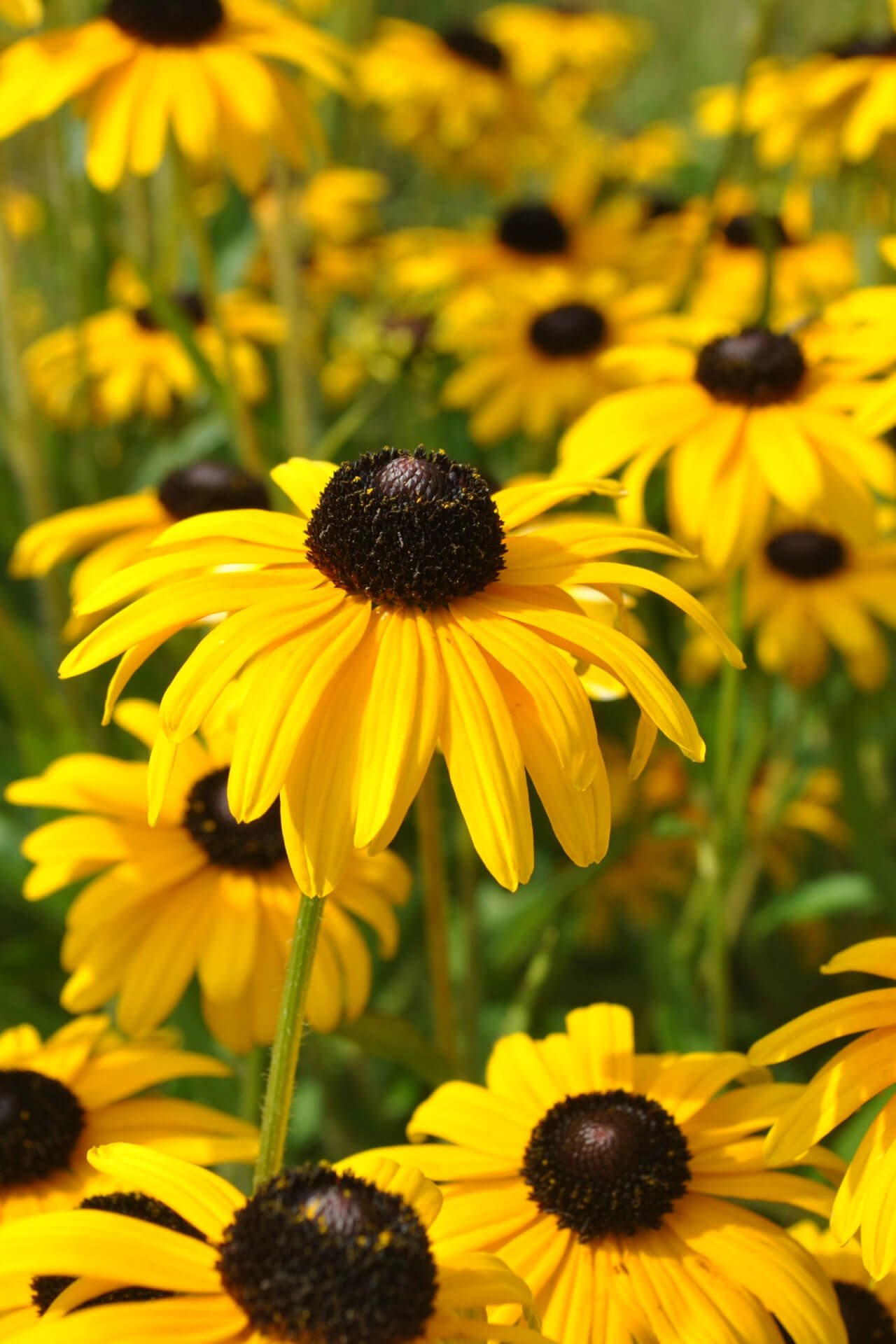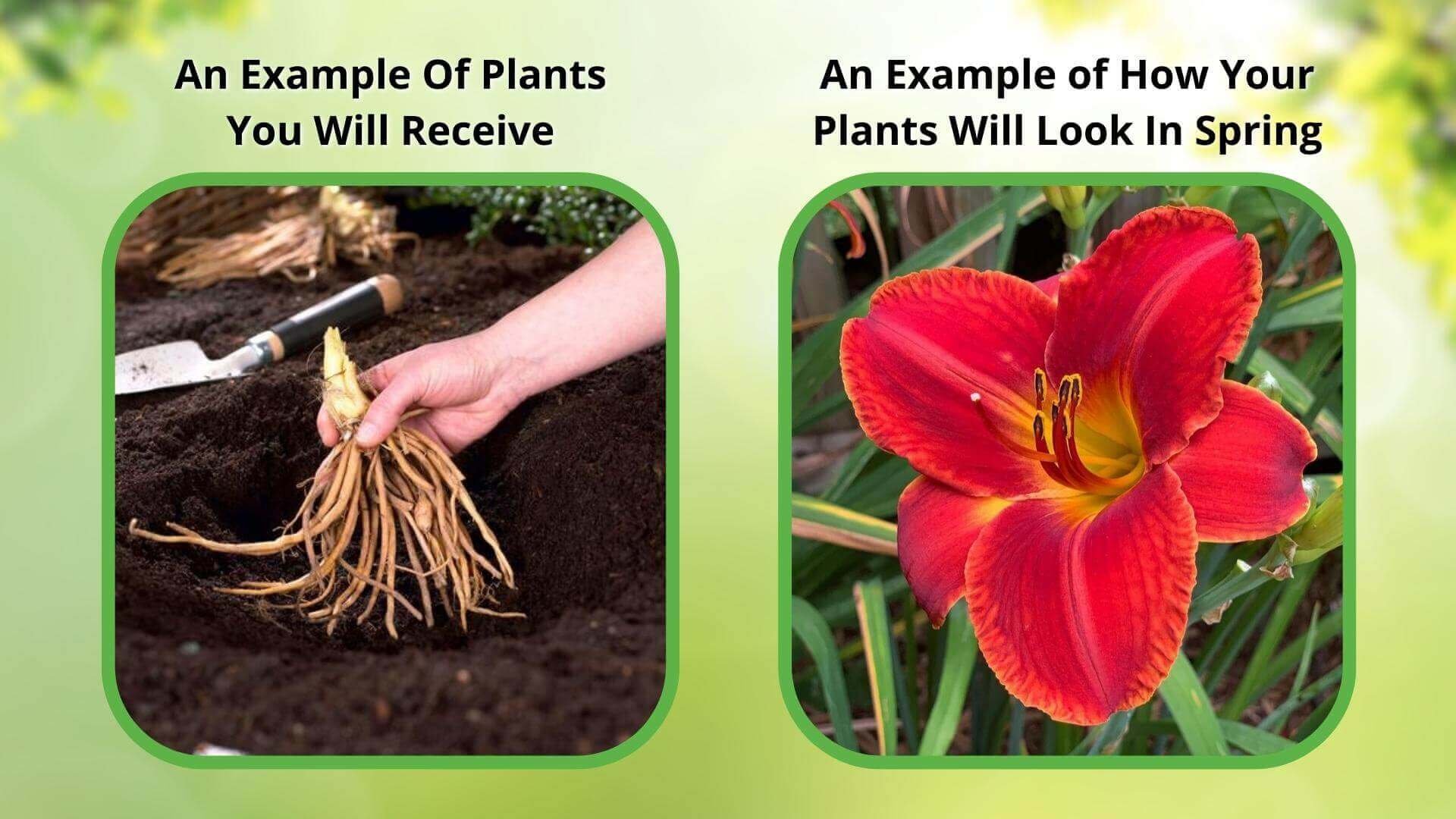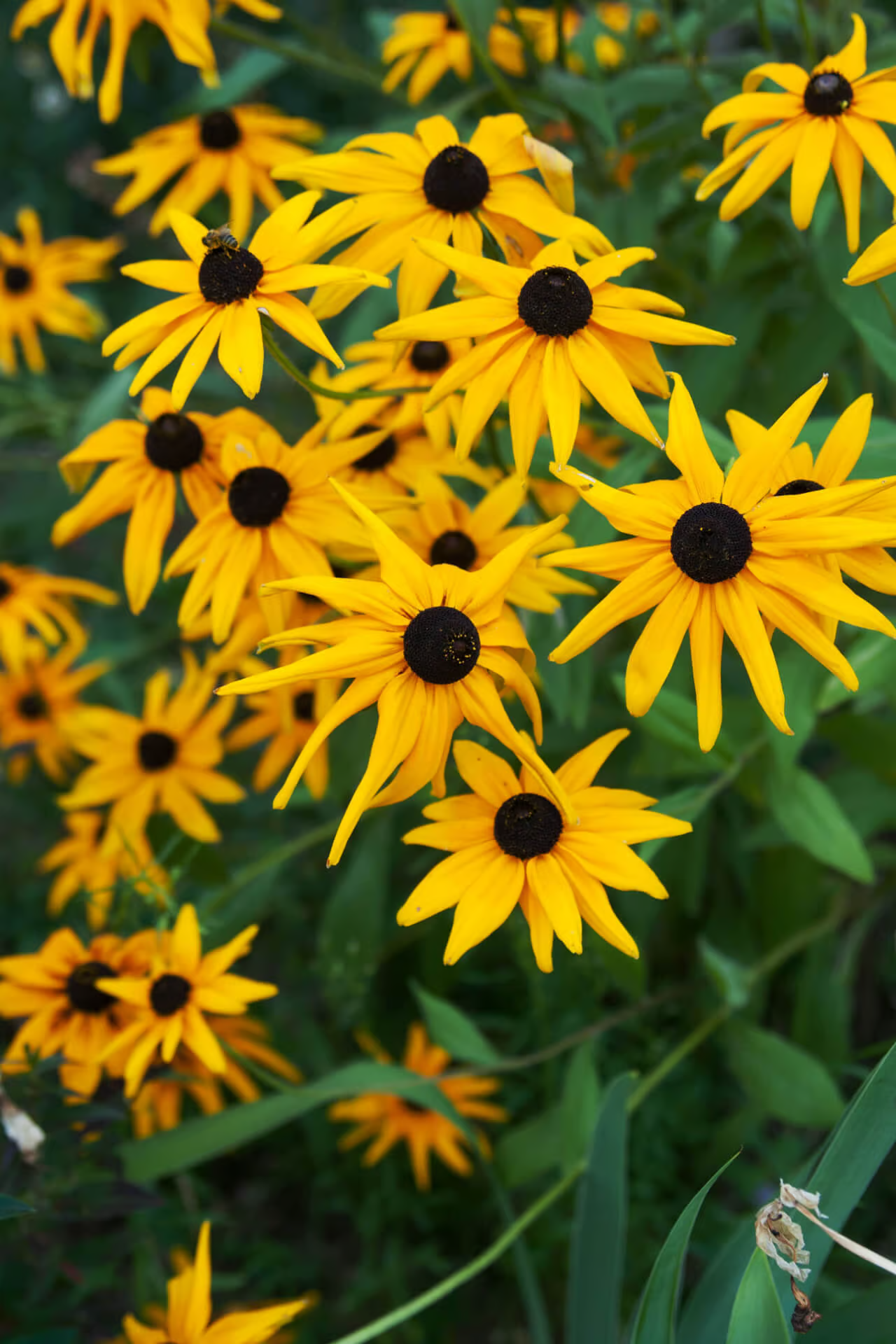



Yellow Coneflower
Long-lasting blooms through summer
Drought-tolerant for low-water gardens
Attracts pollinators like butterflies and bees
Thrives in
ZONE 3ZONE 4ZONE 5ZONE 6ZONE 7ZONE 8ZONE 9This plant ships:
May 251 Year Guarantee on all plants
The Yellow Coneflower - Echinacea
The Yellow Coneflower is a perennial flower native to the midwest's prairies and savannahs. It’s characterized by its dramatically drooping, yellow petals, which stand out brightly like drops of sunlight among the prairie grasses. These hardy plants are self seeding, and maintain a network of branched roots, allowing them to spread with ease up to 2 ft around the parent plant. They can grow up to 3 ft high and bloom from early summer to early fall, adding stunning visual interest and complexity to your gardenscape!
Plant Details - Yellow Coneflower
Family: Asteraceae
Light Requirement: Full sun
Water Needs: Moderate
Height: Up to 3 ft tall
Spread: 1.5-2 ft
Growth Rate: Moderate
Bloom Time: Early Summer - Early Fall
Flower Color: Yellow
Wildlife Value: Attracts bees, butterflies and birds
Notable Characteristics - Yellow Coneflower
The Yellow Coneflower gets its name from its cone-shaped center head, which is a rich brown at full maturity, and prickly to the touch, similar to a pine cone. The stem is fibrous, thin, and hairy, making it sturdy enough to withstand the fierce prairie winds. Plus, you might just have this plant in your medicine cabinet! Echinacea, made from coneflower roots, has many medicinal uses including supporting immune function and treating respiratory infections.
Landscape and Maintenance
This cone shaped plant is drought resistant, and able to withstand heat, flooding, frost, you name it, making it highly adaptable to areas of mixed climate. The Yellow Coneflower thrives in moist, sandy, well drained soil, and tolerates clay and high salinity. It is a self-sufficient plant that preserves its beauty with very little maintenance once it's been established. Plant it with other perennials to support its growth, and contrast its sunny, yellow color. Native to the American midwest, this plant is highly resilient and attracts pollinators like butterflies and bees, while its seeds provide much needed food for birds. The lightly fragrant blossoms and promise of attracting wildlife fauna make it a stunning addition to a prairie or meadow garden.
This Is How Your Plants Will Look upon Delivery

Bloom Season
Fall
Bloom/Foliage Color
Yellow
Height at Maturity
Under 12"
Care
Yellow Coneflower (Echinacea paradoxa) thrives with regular watering, especially during dry spells. Deadhead finished flowers to promote continued flowering and promote new growth. Provide well-draining soil and space plants about 12-18 inches apart for optimal air circulation and growth.
Plant Reproduction
Yellow Coneflower Spreads by seeds and underground stem structures called rhizomes
Shipping date depends on the date displayed and chosen when you order from the product's page.
We only accept returns on plants verified dead. If you think your plants have died, we offer a 1 year warranty, please use this File a Claim Link to verify dead plants and start with return warranty process.






Wildlife Magnet:
Its bright blooms attract butterflies and bees, enhancing the biodiversity of your garden.
Long Blooming Season:
This plant offers a lengthy blooming period from midsummer to fall, ensuring long-lasting beauty.
Bright and Cheerful Blooms:
The Yellow Coneflower produces vibrant, daisy-like flowers that bring a splash of sunshine to any garden.
Versatile Use:
Ideal for garden beds, borders, and wildflower meadows, adding charm and color to any landscape.
Caring Tips
How do I care for my Yellow Coneflower?
Each box contains detailed care instructions and information about your product. But here's the basics.
Care Tips
Yellow Coneflower (Echinacea paradoxa) thrives with regular watering, especially during dry spells. Deadhead finished flowers to promote continued flowering and promote new growth. Provide well-draining soil and space plants about 12-18 inches apart for optimal air circulation and growth.
Light Requirements
Yellow Coneflower flourishes in full sun to partial shade. It favors at least six hours of direct sunlight daily but can tolerate light shade, especially in hotter climates. Ample sunlight ensures vibrant blooms and healthy growth throughout the season.
Hardy Planting Zones
3 • 4 • 5 • 6 • 7 • 8 • 9
Header
Use this content to share information about your store and products.
Frequently Asked Questions
How often should I water my plants?
How do I know if my plant is getting too much or too little sunlight?
What should I do to prepare my plants for winter?
What are the signs that my plant needs fertilizing?
How can I prevent pests from damaging my plants?
How do I choose the right plant for my climate zone?






